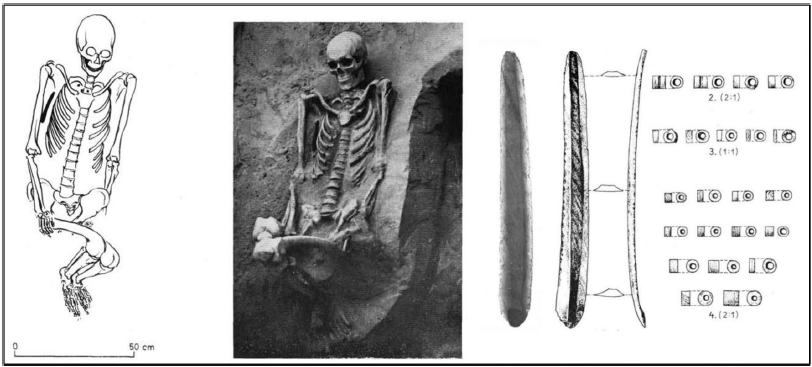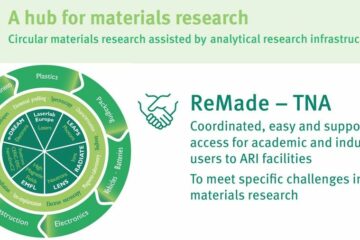Explore the details of this exciting discovery in our latest open access article, based on analytical results obtained by BNC’s instruments.
https://doi.org/10.1007/s00339-024-08028-y

The paper deals with provenance research of a unique long, transparent obsidian blade that was found together with other objects in a grave at Csongrád (SE Hungary) dated to 4370–4239 cal. BC, belonging to the first wave of the ‘Pit Grave’ culture. Based on the analytical results using PGAA and portable XRF at the Budapest Neutron Centre, the most likely source area of the raw material is found at the lava flow of Göllü dağ East (Kömörcü) in Anatolia. Thus, the recent results based on independent raw material analyses suggest a clear connection between an Early Copper Age site in Hungary and the source of raw material over a distance of more than 1,500 km.


